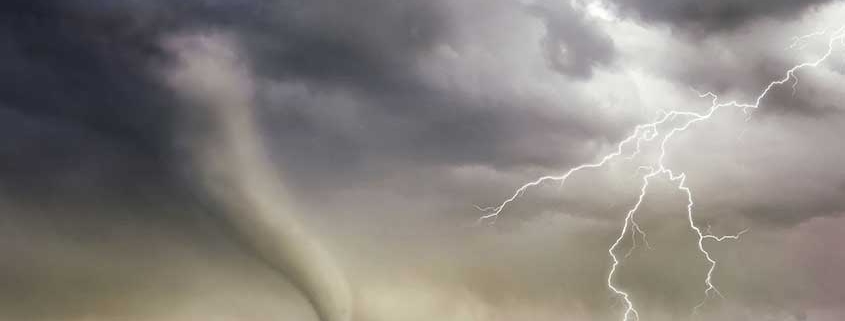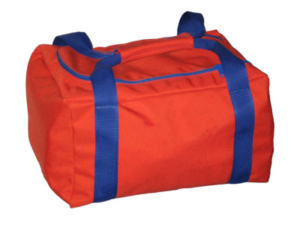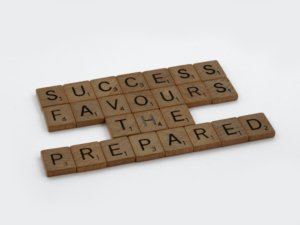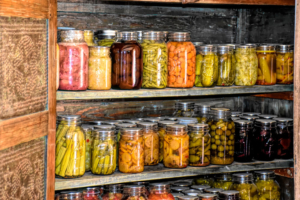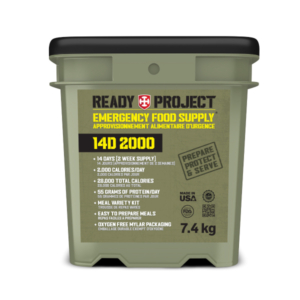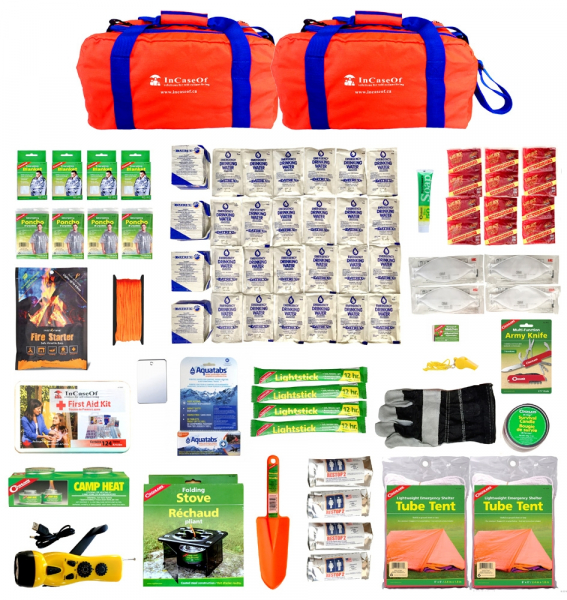Cultivating self-defense skills and being equipped with the right tools can be instrumental in ensuring one’s well-being. Whether navigating urban environments or venturing into the great outdoors, understanding self-defense principles and having the appropriate know-how can provide a sense of security. In this article, we’ll explore practical strategies and essential equipment to enhance your personal preparedness.
Before I continue, I would like to state a disclaimer that the definition of self defense is: “a set of actions or strategies taken by an individual to protect oneself from harm, aggression, or potential danger”. The key being to protect oneself. By no means do I suggest or support instigating an altercation. I do however fully support the learning of necessary skills!
Knowledge is Power: Self-Defense Basics
- Start by understanding basic self-defense principles:
-
- Situational awareness: be aware of your surroundings. Limit distractions (like excessive phone use) when walking in public spaces. Three parts of situational awareness include perception (be aware), comprehension (think about what you see), and projection (consider the possible outcomes of what you are seeing).

- De-escalation techniques: Should you find yourself in a heated situation, here are some basic considerations.
-
-
- Active Listening
- Empathize
- Stay Calm
- Body Language (ex: avoid crossing your arms, maintain distance)
- Clarify and summarize what you’re hearing
- Set boundaries
-
-
- Trust your instincts: If something feels wrong or off, trust your instincts. Remove yourself from the situation calmly and quietly.
- Enroll in self-defense classes to learn practical skills like striking, blocking, and grappling. Many communities offer classes tailored to various skill levels.
- Situational awareness: be aware of your surroundings. Limit distractions (like excessive phone use) when walking in public spaces. Three parts of situational awareness include perception (be aware), comprehension (think about what you see), and projection (consider the possible outcomes of what you are seeing).
-
Self-Defense Gadgets and Technology
- Safety Apps: Explore smartphone built in apps and other apps designed for personal safety. These apps often include features like real-time location sharing, emergency alerts, and quick access to local authorities.
- Wearable Safety Devices: Consider wearable devices with built-in safety features, such as panic buttons or automatic distress signal transmission.
Home Security Measures
- Personalized Home Defense Plans: Develop a home defense strategy with family members, including safe zones, communication methods, and emergency procedures. This may include alarms or cameras depending on your preferences.
Canadian Wildlife:
Wildlife Awareness and Avoidance:
- Understand the wildlife in the area where you’re exploring. Research the types of animals present and their behaviors to better anticipate potential encounters.
- For example: When I am in Kananaskis Country, I am aware and as prepared as I can be to encounter bears, cats (the big kinds), moose, and depending on the time of year (mating season) other animals. I am aware of what season it is because that can affect the behavior of animals that are having their babies, or preparing for the winter. And, I am aware of the bug of choice that year. This year of 2023 in particular was a heavy tick year, so we took special precautions to check for them after each excursion.
- Observe wildlife from a safe distance. Avoid approaching animals too closely, especially those with young or displaying defensive behaviors.
- Store food securely to avoid attracting wildlife to your campsite. Use bear canisters or bear bags, and follow local guidelines for food storage.
- Store food securely during a picnic and do not leave it unattended.
Personal Safety Measures:
- Travel in Groups: When possible, travel in groups. Larger groups are often perceived as more intimidating to wildlife, and there’s increased safety in numbers.
- Make Noise: Make noise while hiking, especially in areas known for bear or cougar presence. This alerts wildlife to your presence, reducing the likelihood of surprise encounters. Have a whistle, an airhorn and/or a flare in your pack.
- Carry Bear Spray: In regions with bear populations, carry bear spray and know how to use it. It can be effective in deterring bears and other aggressive wildlife.
Here is a video made by Alberta Parks about how to use Bear Spray. I have been hiking for a decade, and have never encountered a bear, but still faithfully carry my spray in hopes I will never need it. I like to watch videos such as this one to re-educate myself regularly.
Navigation and Emergency Preparedness:
- Navigation Skills: Develop strong navigation skills to avoid getting lost. Carry a map, compass, and/or GPS device, and familiarize yourself with the terrain.
- Emergency Communication: Carry a fully charged cell phone or satellite communication device for emergencies. Inform someone of your itinerary and expected return time.
- First Aid Knowledge: Learn basic first aid skills, including how to treat injuries common in outdoor settings. Carry a well-stocked first aid kit.
Campsite Security:
- Select a Safe Campsite: Choose campsites with safety in mind, including proximity to water sources, visibility, and avoiding areas with signs of recent wildlife activity.
- Secure Sleeping Area: Use proper storage for food and scented items. Tents and sleeping areas should be set up away from potential wildlife pathways.
- Campfire Safety: Follow Leave No Trace principles and practice responsible campfire safety. Keep a safe distance from tents, avoid leaving food residues, and fully extinguish fires.
Self-defense at home and in nature requires a combination of knowledge, preparation, and practical skills. By understanding the environment, adopting responsible practices, and having the right tools, you can enjoy outdoor activities with an increased sense of safety and confidence. Remember, personal safety is an ongoing journey, and staying vigilant and well-prepared contributes to a safer and more secure lifestyle.


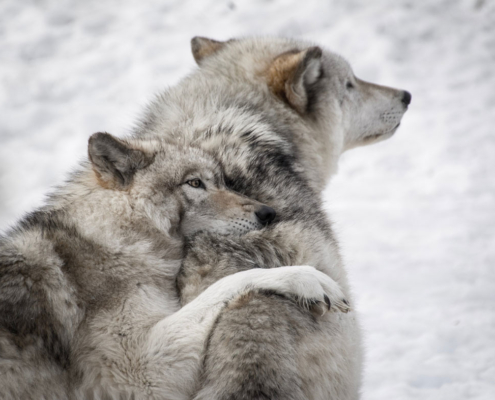




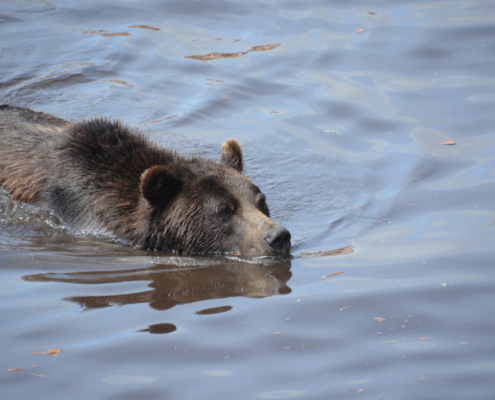


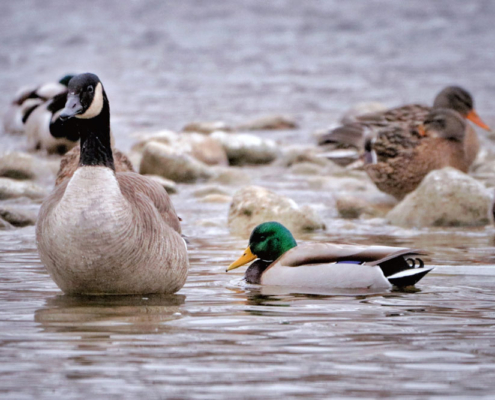



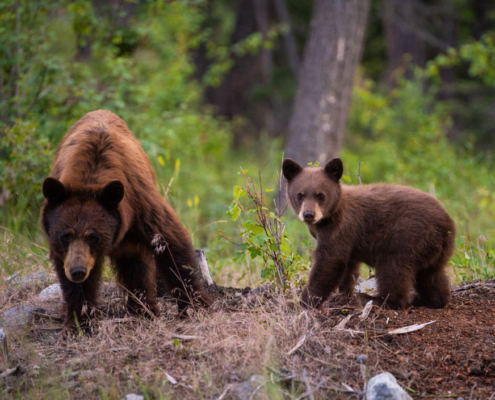


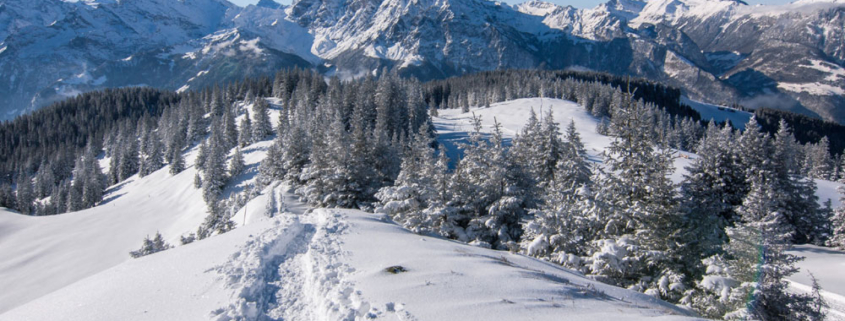
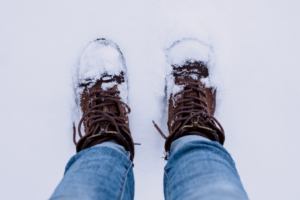
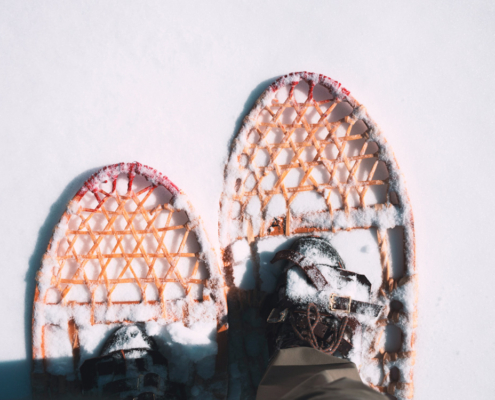
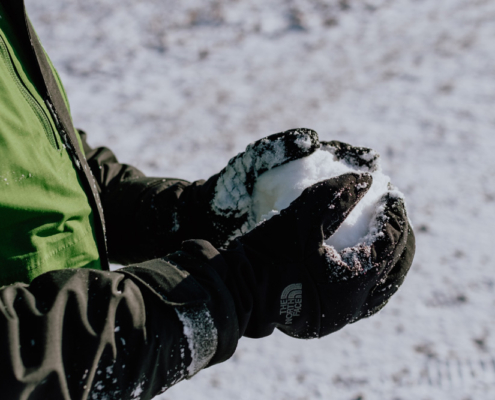
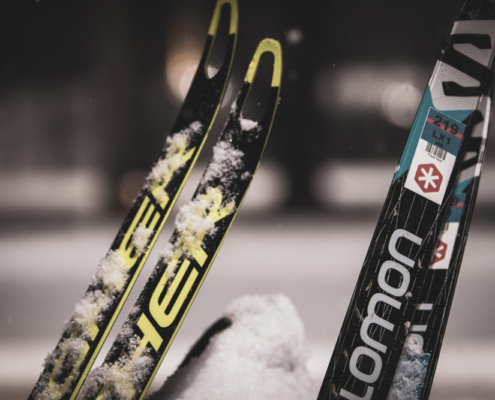

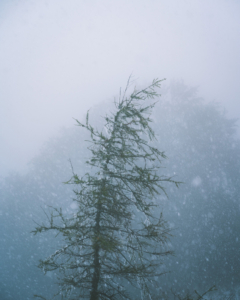 As the afternoon unfolds, a sudden shift in weather brings unexpected challenges. Dark clouds gather, and the serene snowfall turns into a relentless storm. The once familiar trail becomes obscured, and visibility diminishes rapidly. In this moment, the importance of emergency preparedness becomes vividly clear. Instinctively, I reach for the map and compass, skills honed in preparation for unforeseen circumstances.
As the afternoon unfolds, a sudden shift in weather brings unexpected challenges. Dark clouds gather, and the serene snowfall turns into a relentless storm. The once familiar trail becomes obscured, and visibility diminishes rapidly. In this moment, the importance of emergency preparedness becomes vividly clear. Instinctively, I reach for the map and compass, skills honed in preparation for unforeseen circumstances.
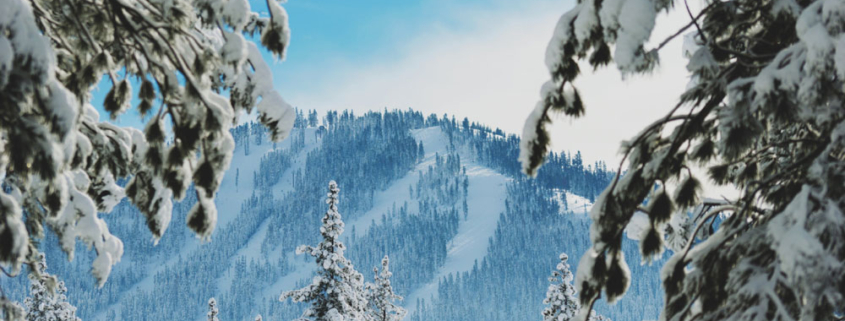
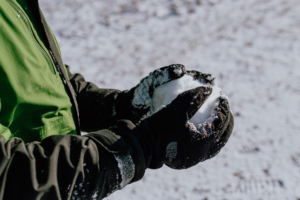
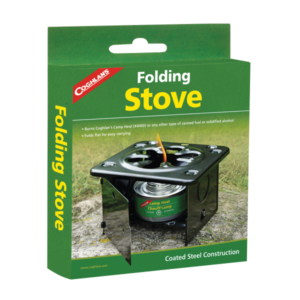
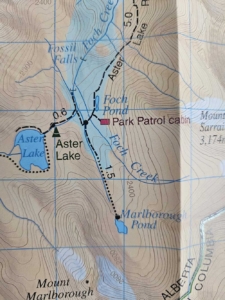 can find your way in challenging conditions.
can find your way in challenging conditions.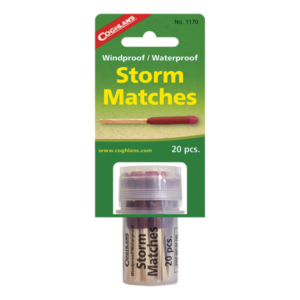 unexpected wet conditions.
unexpected wet conditions.
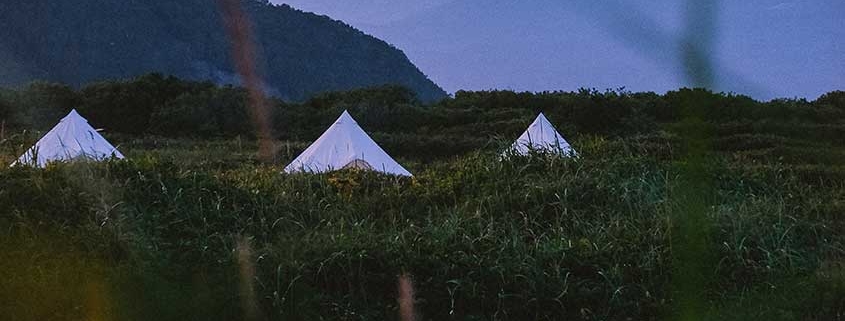
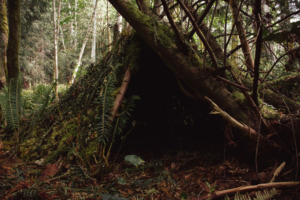

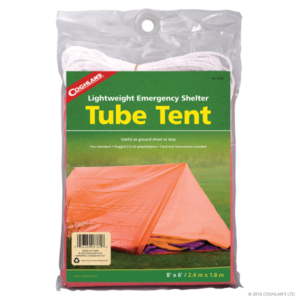
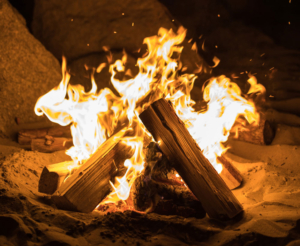

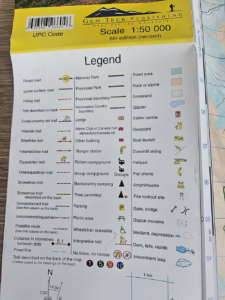
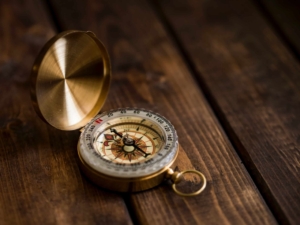
 The Big Dipper is a well-known constellation and is part of the Ursa Major (Great Bear) constellation. It looks like a ladle or a saucepan with a long handle. It’s usually visible in the night sky, and its shape makes it easy to recognize.
The Big Dipper is a well-known constellation and is part of the Ursa Major (Great Bear) constellation. It looks like a ladle or a saucepan with a long handle. It’s usually visible in the night sky, and its shape makes it easy to recognize. Let me tell you a personal experience that resulted in the starting of my journey learning to read a map! My friend Amanda and I were hiking from the Kananaskis Lakes parking lot, in search of Fossil Falls (as we are waterfall enthusiasts). I had done some pre-planning in the sense that I had read and studied the description in the Gillean Daffern’s guidebook.
Let me tell you a personal experience that resulted in the starting of my journey learning to read a map! My friend Amanda and I were hiking from the Kananaskis Lakes parking lot, in search of Fossil Falls (as we are waterfall enthusiasts). I had done some pre-planning in the sense that I had read and studied the description in the Gillean Daffern’s guidebook.



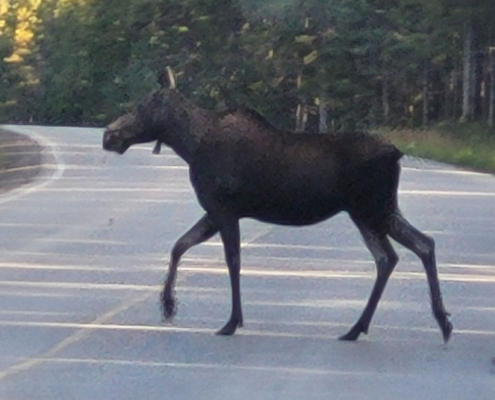









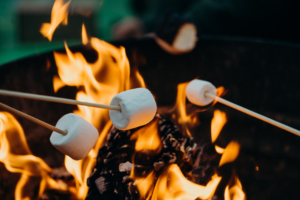
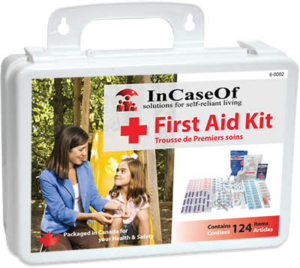



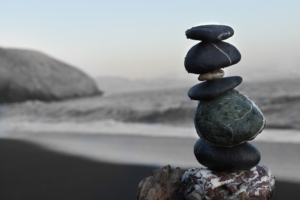 rational decisions. Emotional regulation is a skill that can be developed over time, allowing individuals to manage fear, anger, and panic effectively.
rational decisions. Emotional regulation is a skill that can be developed over time, allowing individuals to manage fear, anger, and panic effectively.